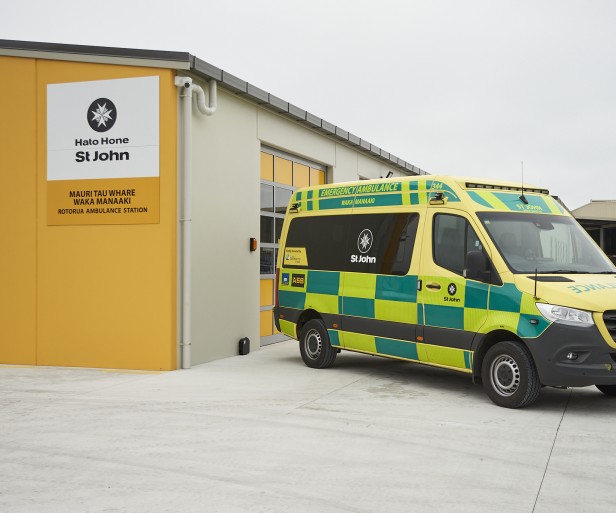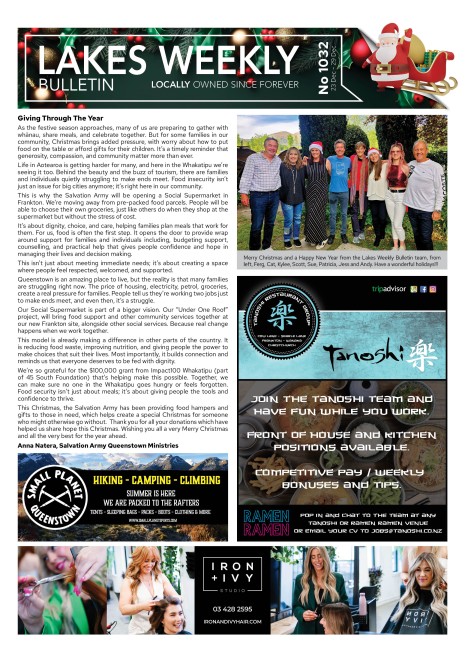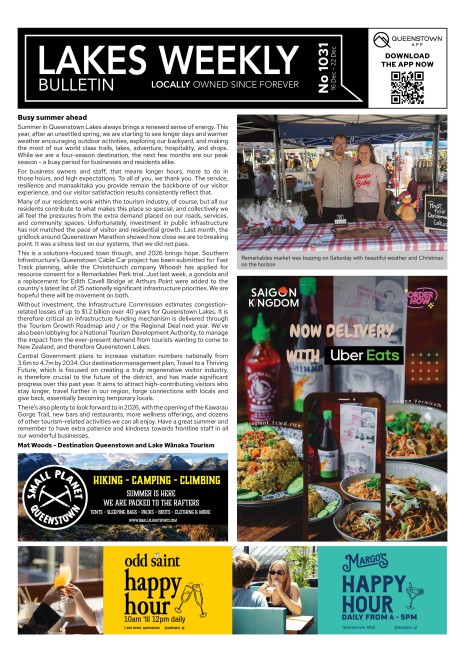Exercise for Hypertension
One in five New Zealanders have hypertension (high blood pressure).1 Blood pressure is the amount of pressure against our vessels as the heart contracts and relaxes. If our blood pressure is high, over time this will cause excess strain on the heart and vessels, and can eventually lead to further complications such as a heart attack or stroke. Sometimes known as ‘the silent killer’, high blood pressure often doesn’t come with noticeable symptoms. This is why it’s important to have it checked regularly, especially if you have other risk factors such as family history, being overweight or a smoker.
The good news is, we can often manage our blood pressure without the need for medication or surgical treatment. Diet, exercise and lifestyle choices are important and can have significant impact on our blood pressure and overall heart health.
When exercising, our blood pressure will increase to meet the demands of the working muscles. How much your blood pressure increases will often depend on the intensity of the exercise and the muscle groups you are using. Post exercise we often see an overall decrease in blood pressure due to vasodilation which is the relaxation of our blood vessels. Stiffening of blood vessels with age causes and increase in blood pressure, and exercise can effectively improve elasticity which reduces this effect. Our heart will also become stronger and more efficient, allowing less work needed to overcome the resistance in the vessels.
There are different types of exercise, aerobic or cardio training focuses on increasing the heart rate and breathing rate, whereas resistance training focuses on improving the strength of the muscles. It is recommended that adults engage in 150 minutes of aerobic exercise per week and at least two days of resistance training per week. If you already have high blood pressure, start out at a lower intensity and gradually increase as you get used to it. Walking is a great starting point, and to increase the intensity you could add in some hills or increase your pace. For resistance training, it is extremely important to concentrate on your breathing patterns and avoid lifting too heavy, as this can cause a large spike in blood pressure. Isometric exercises which are holding positions (such as a plank or wall sit), are especially effective in lowering blood pressure by causing vasodilation.
If you are unsure of where to start, seek the guidance of a qualified fitness professional to guide you through an effective exercise programme and teach you about finding the right intensity.
If you have high blood pressure, you may be eligible to join the Green Prescription programme at Alpine Health and Fitness. This programme offers weekly small group, supervised sessions and a personalised exercise programme for anyone with a Green Prescription referral (those with a stable medical condition are eligible).
Find out more here: https://www.qldc.govt.nz/recreation/queenstown-events-centre/gym-group-fitness/gym-programmes/green-prescription/
You can also join our free walking programme, the Whakatipu Walkie Talkies which runs every Thursday during the warmer months, meeting at the Frankton Beach at 10.15am.
1| Health Navigator New Zealand. High blood pressure | Mate pēhanga toto. https://www.healthnavigator.org.nz/health-a-z/b/blood-pressure-high/








